Camera Modules: The Eyes of AI

Posted By
15 Apr
0 Comment(s)
280 View(s)
Camera Module Technology
,
Robot Application
,
Board Camera
,
IOT / Robot Sensor
,
IOT Application
,
Robot Sensor
,
Vision

Camera Modules: The Eyes of AI
- [Introduction]
- [What is a Camera Module?]
- [Components of a Camera Module]
- [The Role of AI in Enhancing Camera Modules]
- [Applications of Camera Modules in Various Industries]
- [Challenges and Future Trends]
- [FAQs]
Introduction
Camera modules are small devices that capture
visual information and convert it into electronic signals. They are
essential components in various devices, from smartphones to advanced
industrial machines. With the advent of artificial intelligence (AI),
camera modules have become even more crucial as they serve as the eyes
of AI, enabling machines to see and interpret the world around them.What
is a Camera Module?
A
camera module consists of several components, including a lens, an
image sensor, and often an image processor. The lens focuses light onto
the image sensor, which converts the light into electronic signals. The
image processor then processes these signals to produce a digital
image. Camera modules are used in various applications, including
photography, videography, and surveillance.Components
of a Camera Module
- Lens: Focuses light onto the image sensor.
- Image Sensor: Converts light into electronic signals.
- Image Processor: Processes electronic signals to produce a digital image.
- Connectors: Allow the camera module to connect to other devices.
The
Role of AI in Enhancing Camera Modules

such as image recognition, facial recognition,and object detection. These capabilities are essential in various industries, from security to healthcare.
Image
Recognition
AI-powered
camera modules can recognize and categorize images with high accuracy.
This technology is used in various applications, including social media
platforms, where images are automatically tagged and categorized.
Facial Recognition
Facial Recognition
Facial
Recognition
Facial
recognition technology relies on AI algorithms to identify and verify
individuals based on their facial features. This technology is widely
used in security systems, smartphones, and social media platforms.
Object
Detection
AI
algorithms enable camera modules to detect and identify objects within
an image. This capability is crucial in applications such as autonomous
vehicles, where the system must recognize and respond to various
objects on the road.
Applications
of Camera Modules in Various Industries

Smartphones
Camera
modules are integral components of smartphones, allowing users to
capture high-quality photos and videos. AI enhancements further improve
image quality and provide features such as portrait mode and night mode.
Automotive
Industry
Healthcare-Medical
Imaging
Industrial
Applications
Automotive
Industry
In
the automotive industry, camera modules are used in advanced
driver-assistance systems (ADAS) and autonomous vehicles. They provide
visual data that is essential for functions such as lane departure
warnings, collision avoidance, and parking assistance.
Healthcare-Medical
Imaging
In
healthcare, camera modules are used in medical imaging devices, such as
endoscopes and diagnostic machines. AI-powered camera modules enhance
the accuracy and efficiency of these devices, aiding in the early
detection and diagnosis of medical conditions.
Industrial
Applications
Camera
modules are used in various industrial applications, including
robotics, quality control, and automation. AI enhancements improve the
accuracy and efficiency of these systems, enabling them to perform
complex tasks with precision.
Security and Surveillance
Security
systems rely on camera modules to monitor and record activities in
various settings. AI-powered camera modules enhance the capabilities of
these systems by enabling real-time threat detection and facial
recognition.
Challenges
and Future Trends
Despite the advancements in camera
module
technology, there are still challenges to be addressed. These include
improving low-light performance, reducing power consumption, and
addressing privacy concerns associated with the use of camera modules.
Future trends in camera module technology include the development of
higher resolution sensors, advanced image processing algorithms, and
the integration of AI at the hardware level.Low-Light
Performance
Improving
the performance of camera modules in low-light conditions is a
significant challenge. Advances in sensor technology and AI algorithms
are helping to address this issue, but further improvements are needed.
Power
Consumption
Reducing
the power consumption of camera modules is crucial, especially in
battery-powered devices such as smartphones and wearable technology.
Innovations in sensor design and power management can help to
achieve this goal.
achieve this goal.
Privacy
Concerns
The
use of camera modules in surveillance and other applications raises
privacy concerns. It is essential to implement measures to protect
individuals' privacy while benefiting from the advantages of camera
module technology.
FAQs
What
are the main components of a camera module?
A
camera module typically includes a lens, an image sensor, and often
additional components such as an image processor and connectors.
How
are camera modules used in AI applications?
Camera
modules are used in AI applications for image recognition, facial
recognition, and object detection, among other uses.
What
are the different types of camera modules?
Common
types include fixed focus modules, auto focus modules, zoom modules,
and infrared modules.
What
advancements have been made in camera module technology?
Recent
advancements include high-resolution sensors, improved low-light
performance, and enhanced image stabilization.
How
do camera modules impact the automotive industry?
They
are essential for advanced driver-assistance systems (ADAS) and
autonomous vehicles, providing the visual data needed for various
functions.
What
ethical considerations are associated with the use of camera modules?
Ethical
considerations include privacy concerns, potential biases in AI
algorithms, and the need for transparency in data usage.

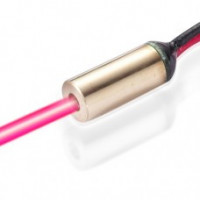
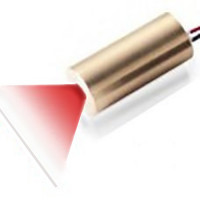
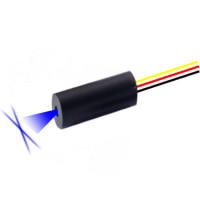
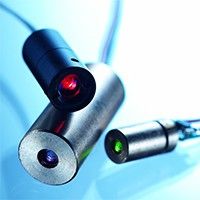

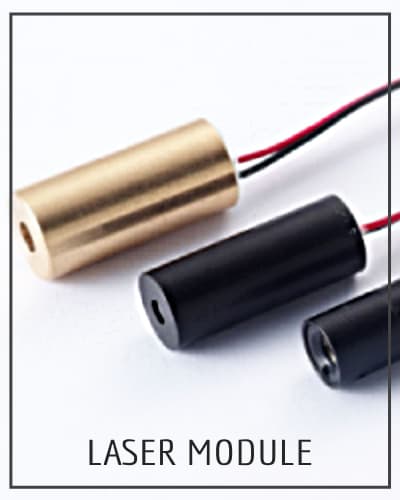
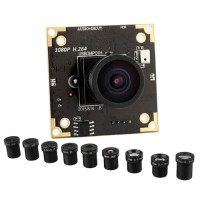


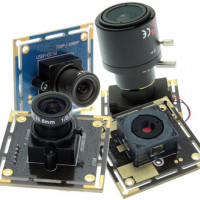
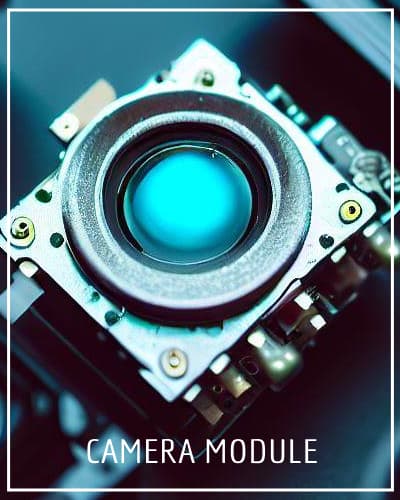

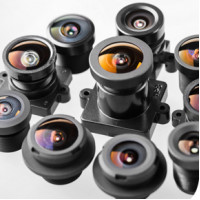

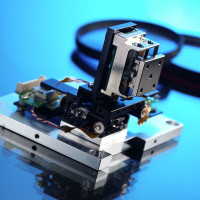
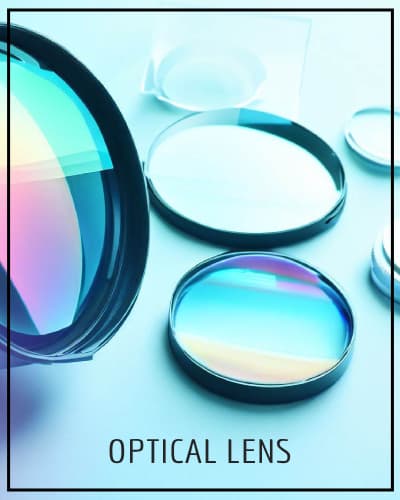
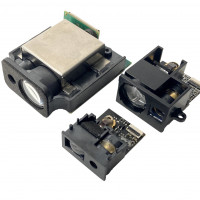

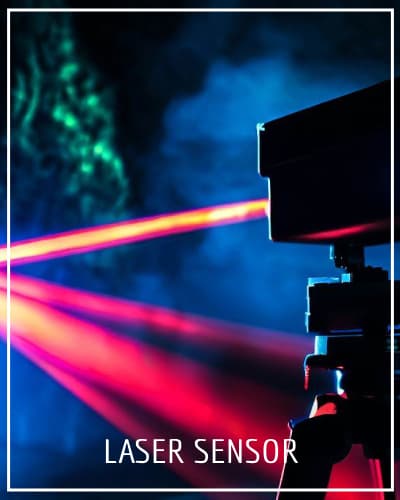
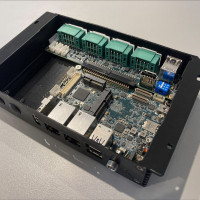
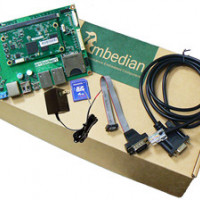
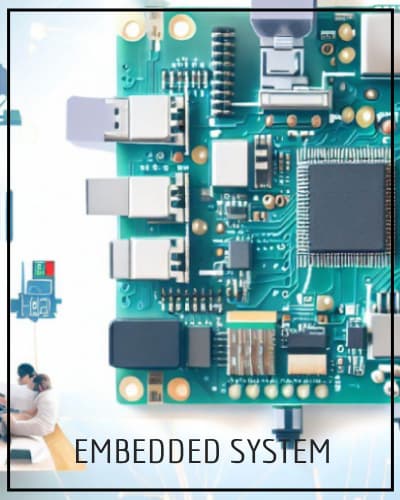

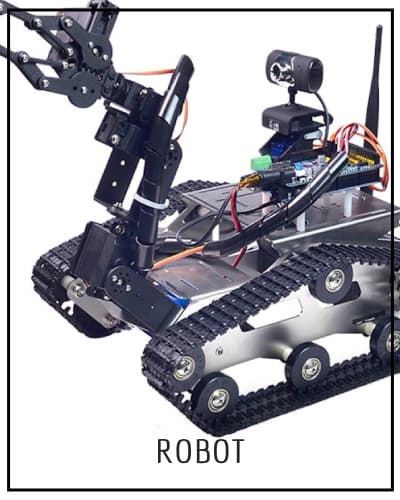
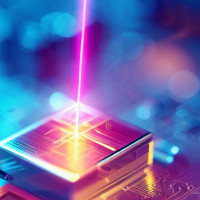

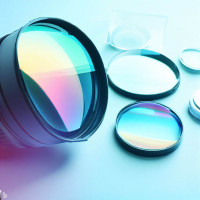
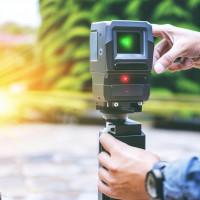
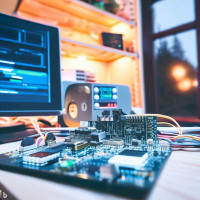


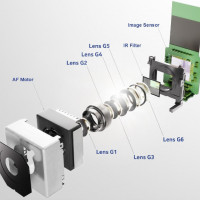

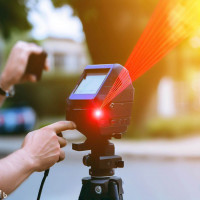
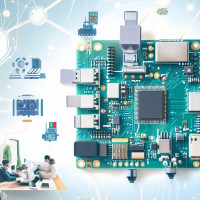
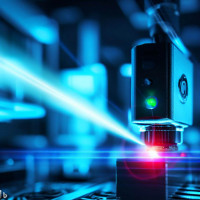
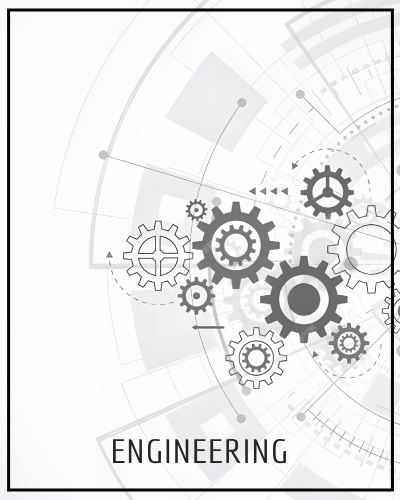
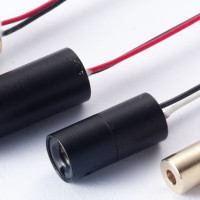
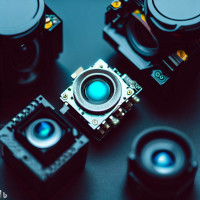
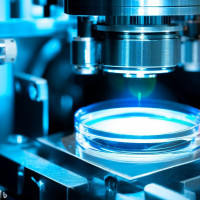
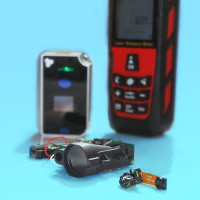
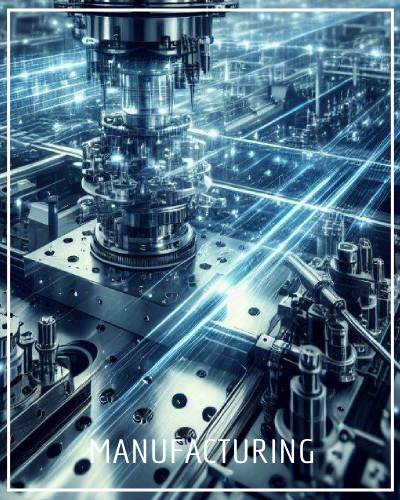
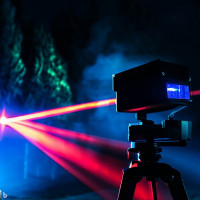
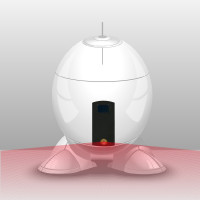
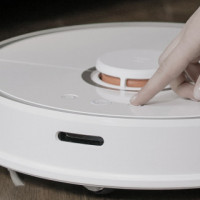


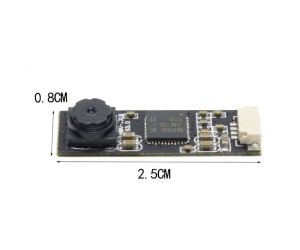
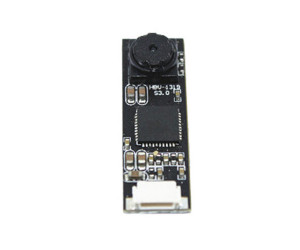
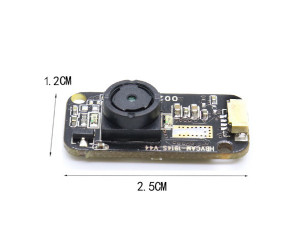
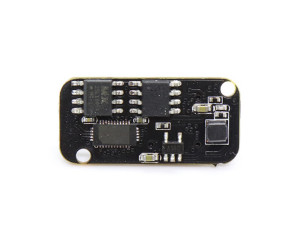
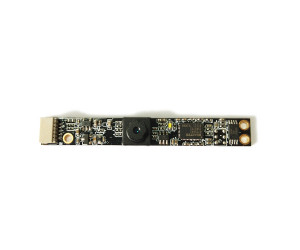
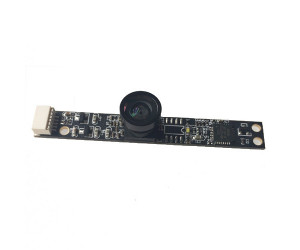
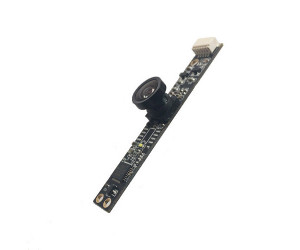

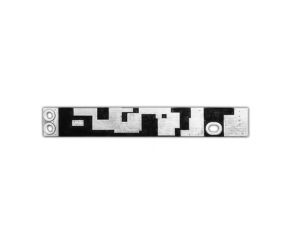
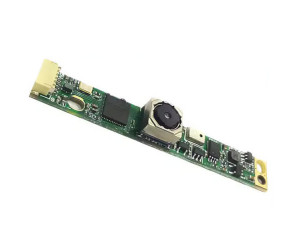
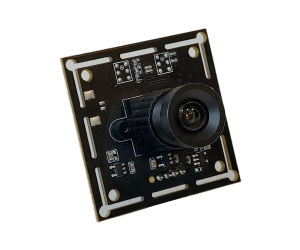
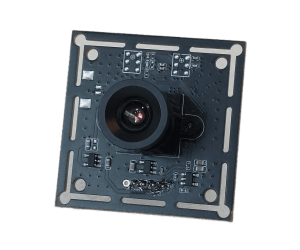
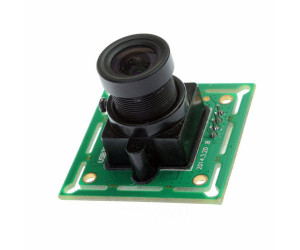
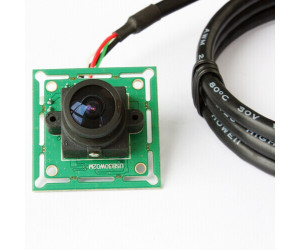
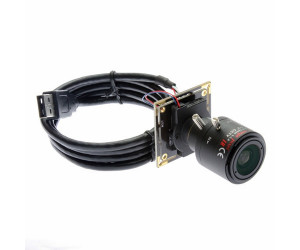
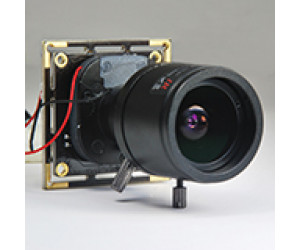
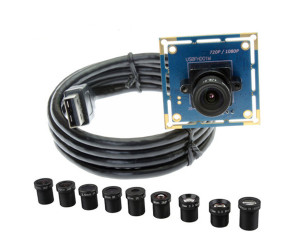
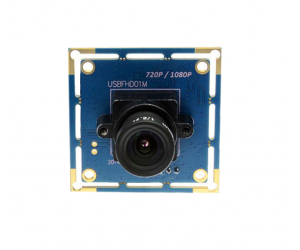
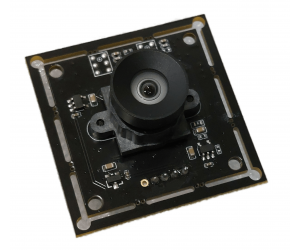
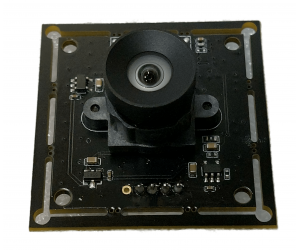
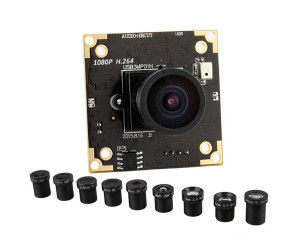
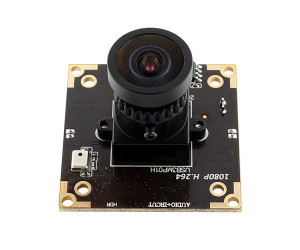
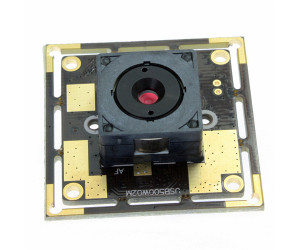
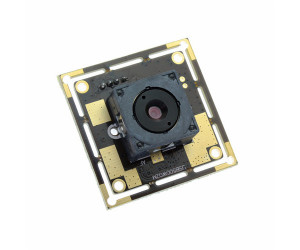
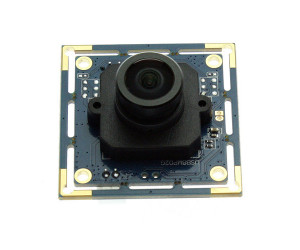
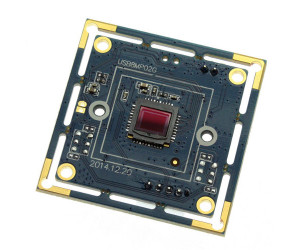
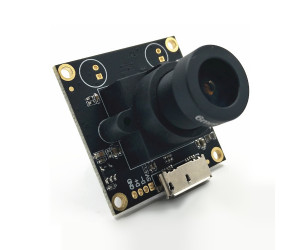
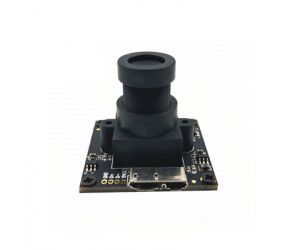
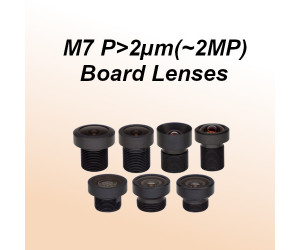
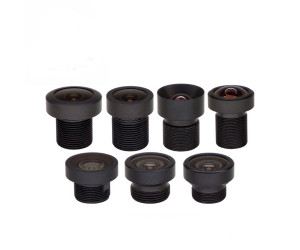
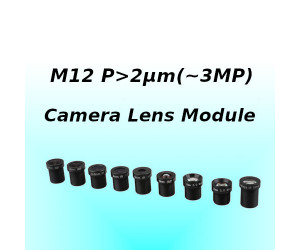
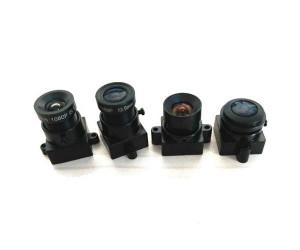
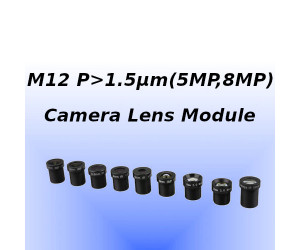


Leave a Comment